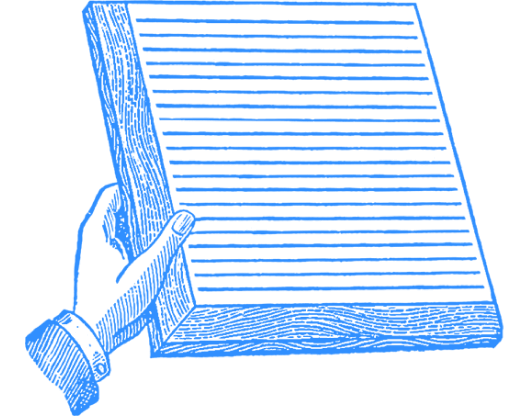
House Speaker Nancy Pelosi has stated on numerous occasions that the health-care bill she plans to bring to the House floor will include the so-called “public option” because a bill couldn’t pass in the House if the public option were left out of it. Of course, she said that in June, and in July, and in early September too, and still no bill is heading to the House floor for a vote anytime soon.
So, yes, there would seem to be a vote problem in the House, but solving it is not quite as simple as including a government-run plan in the legislation. The truth is that Speaker Pelosi and her lieutenants are having trouble finding a majority to pass anything because their starting point is far too liberal for many rank-and-file Democrats.
Indeed, it seems the president himself doesn’t much like the House bill anymore. In his prime-time speech to a joint session of Congress earlier this month, he said he wanted a bill that costs no more than $900 billion over ten years, doesn’t increase the federal budget deficit “one dime,” and is paid for with offsets coming from within the health-care system. The House bill, as passed by three committees this summer, fails all of these tests. A back-of-the-envelope estimate indicates the House legislation would add about $10 trillion in unfunded liabilities to the federal books over 75 years.
Moreover, the president didn’t mention the signature “offset” in the House bill — a new surtax on upper-income households — when he explained to Americans how he planned to make the numbers add up. The omission spoke volumes. Are House Democrats really going to support a massive income-tax increase that President Obama himself has walked away from?
For now, it seems the answer is yes, because they have no alternative, which is why House leaders are working overtime to convince the Blue Dogs and others that the bill really isn’t as liberal as it seems.
Hence the flurry late last week around the “cost-saving” potential of a “strong” public option. It seem the Congressional Budget Office (CBO) has produced estimates for House leaders indicating that a government-run plan built on Medicare payment rates would cost $85 billion less than one that had to negotiate fees with willing suppliers of services. This was touted in several blogs as evidence that support of a “strong” public option is actually the fiscally conservative position (see this post by Ezra Klein).
The confusion of government price setting with efficiency really goes to the heart of the entire debate. Yes, Medicare does dictate payment rates to hospitals, physicians, and others. On paper, that can, for a time, look cheaper. But hardly anyone believes that is really the solution to our long-term cost problem. In fact, a consensus is finally forming that Medicare’s current fee-for-service payment systems are really the problem, not the solution. Medicare’s payment rules are arbitrary, shift costs to others, promote fragmentation and autonomy among health-care providers instead of integration, and reward volume instead of quality and efficiency. A growing chorus, including the leaders of the Mayo Clinic, says what’s really needed is a far-reaching reform of how health care is actually delivered to patients. The last thing we need is for more of the health-care system to adopt Medicare’s payment rules.
Of course, then there is the issue of government-driven rationing of care. Sector-wide price controls always lead to a reduction in the number of willing suppliers of services. If proponents of widespread adoption of Medicare’s payment schedules really got their way, it would only be a matter of time before demand far outstripped supply for any number of critical services and procedures. And waiting times would get much longer.
There’s a right way and wrong way to promote more efficiency in American health care. Price controls, from long experience, are clearly the wrong way, which is why an effort to sell a “strong public option” on cost grounds is a dead end.
